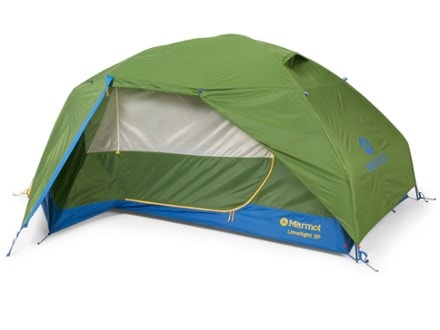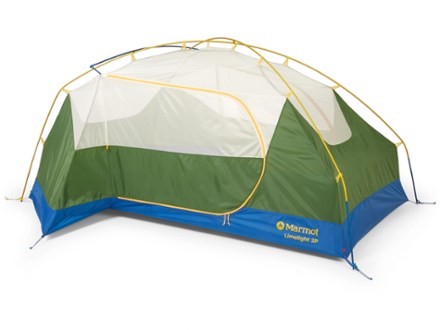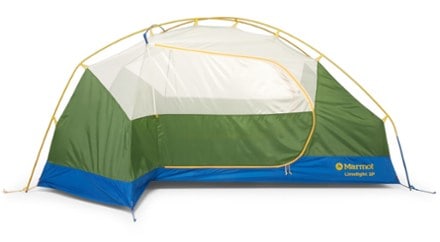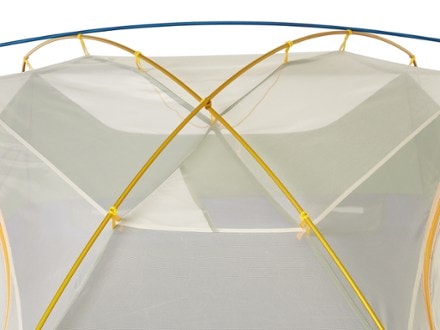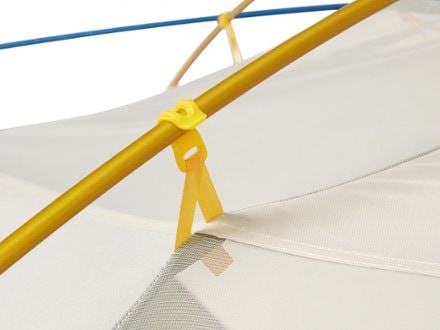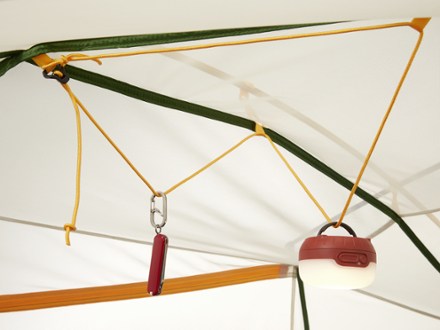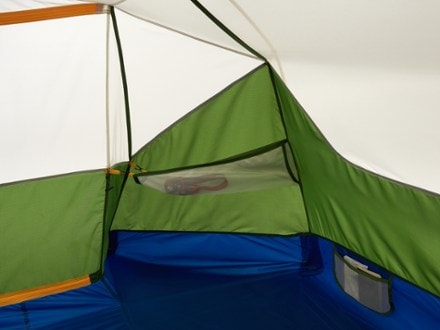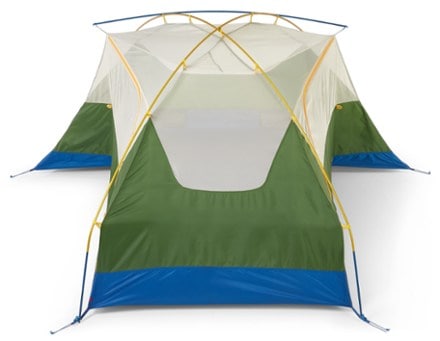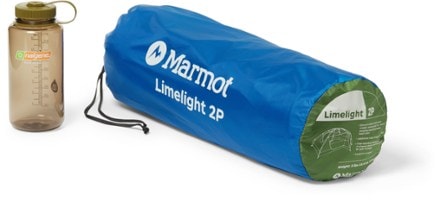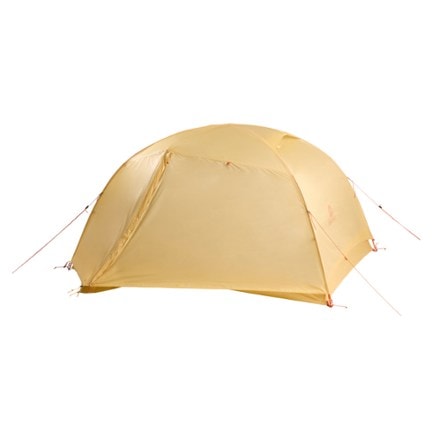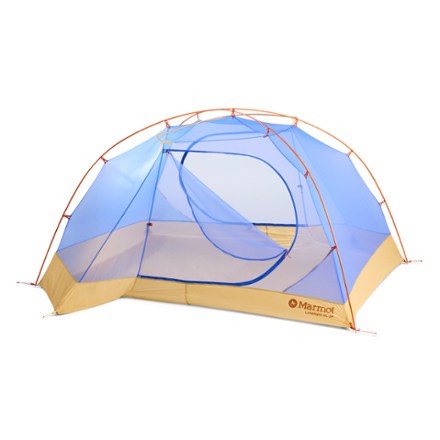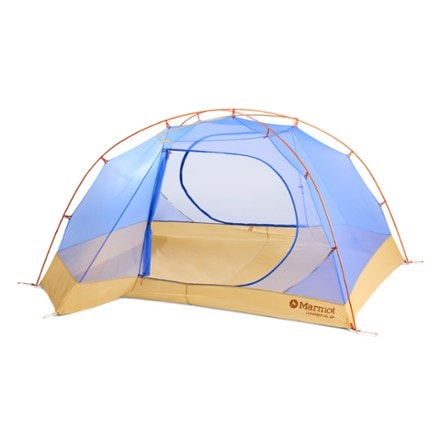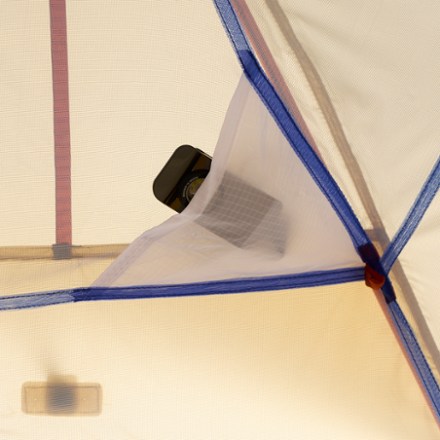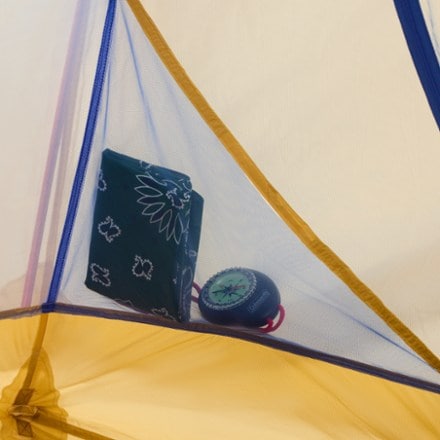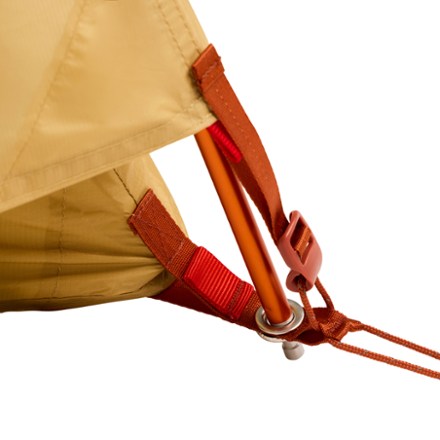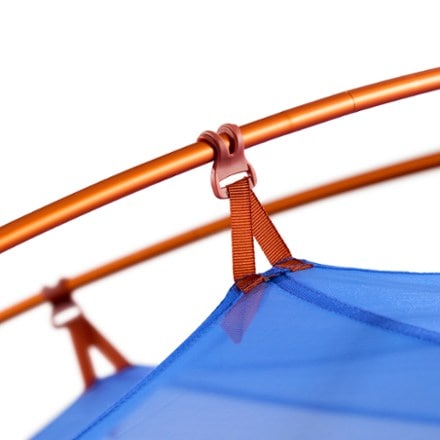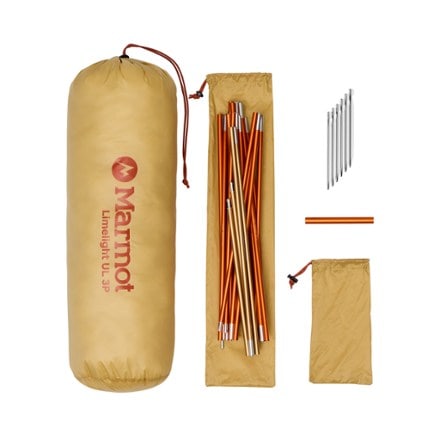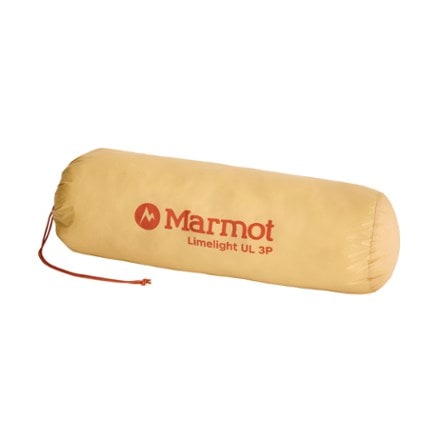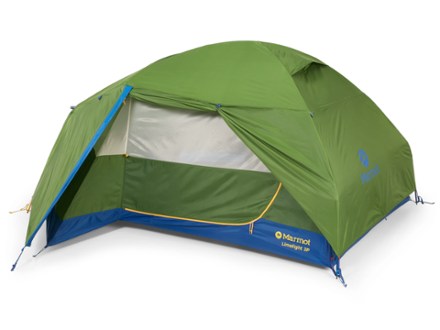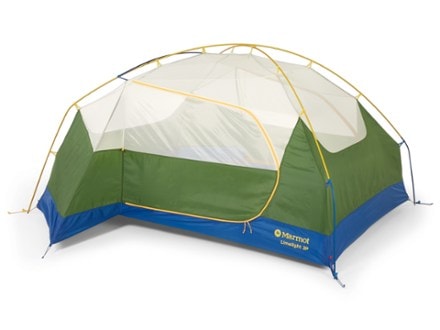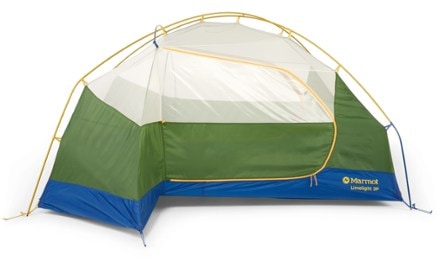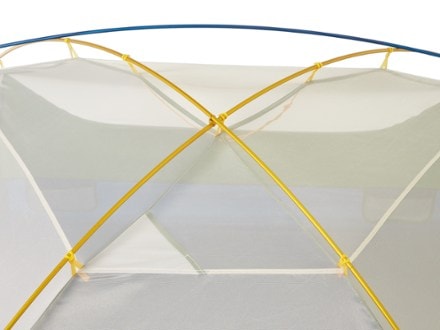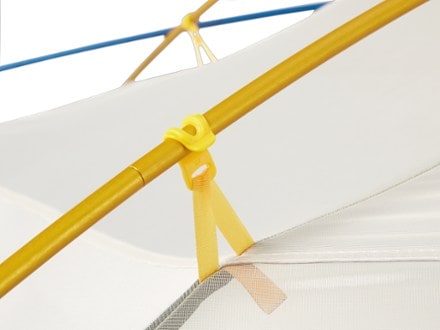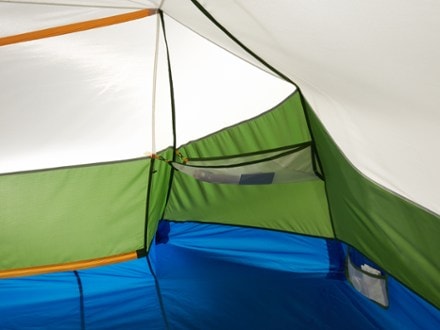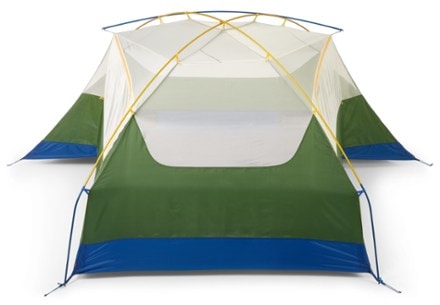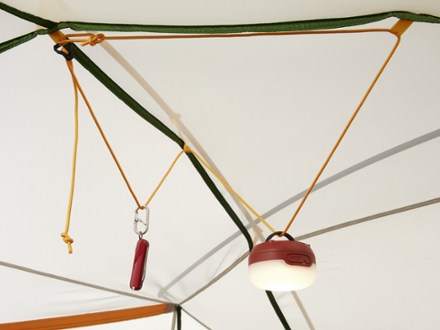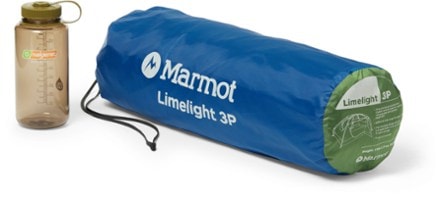Marmot Limelight
(3 products)- Tents (3)
- Footprint Included (2)
- Ultralight (1)
- 3 to 4.99 (1)
- $200.00 to $499.99 (2)
- $500.00 to $749.99 (1)
- Backpacking (3)
- Freestanding (3)
- 2 doors (3)
- 3-season (3)
- MarmotLimelight 2P with Footprint$299.00(31)31 reviews with an average rating of 4.1 out of 5 stars
- MarmotLimelight Ultralight 3-Person Tent$549.00(4)4 reviews with an average rating of 4.5 out of 5 stars
- MarmotLimelight 3P Tent with Footprint$359.00(44)44 reviews with an average rating of 4.1 out of 5 stars
Related Expert Advice articles
Waterproof vs. water-resistant
- A waterproof jacket keeps out hard, driving rain
- A water-resistant jacket can handle light rain for a brief time and is more breathable
Windproof vs. wind-resistant
- Any waterproof jacket is also windproof to shield you in stormy weather
- A wind-resistant jacket will offer much lighter protection
Hard shell vs. soft shell
Like a waterproof and windproof rain jacket, a hard shell will offer the most protection, but less breathability than a soft shell.
Do you need insulation?
For very cold rainy weather, consider an insulated shell, which will have down or synthetic fill for warmth while being waterproof and windproof.
Proper care is key to performance
Every rain jacket or rain pant needs regular maintenance to keep on keeping you dry, so follow care instructions to keep yours lasting.
Read full article: The Best Budget Sleeping Bags of 2025: Tested
What capacity tent do you need?
- How many are in your group? Tents vary in size from 2- to 8-person.
- Assume a close fit for the number of people your tent is designed to accommodate. If you need more space for dogs and gear, size up.
Choose the seasonality
- 3-season tents are great shelters for most of the year. They have ample mesh for good airflow and can withstand basic downpours.
- 3+- season tents are a little sturdier, and with less mesh, and are warmer than their 3-season cousins.
- 4-season tents are engineered to handle high winds and other severe weather. This can make them stuffy in warm weather.
Decide on key features
- Peak height: Look for a taller peak height if you want to stand up in the tent.
- Floor length: Can you fully lie down if you’re tall? Will it fit your cot or air mattress?
- Doors: If multiple people are sleeping in the tent, you might want more than one door for more convenient access.
Read full article: The 9 Best Sleeping Bags for Camping of 2025 | Staff Picks
What capacity tent do you need?
- How many are in your group? Backpacking tent models usually hold 1 to 5 people.
- There’s no industry standard for what each size means, so check product specs.
- Assume a close fit for the number of people your tent is designed to accommodate, especially with ultralight models. If you need more elbow room, consider the next size up.
Decide whether you need all-year protection
- Many backpackers, especially beginners, choose a 3-season tent for great all-around protection.
- 3+- season tents are a little sturdier and warmer than their 3-season cousin, and with less mesh.
- 4-season tents are engineered to handle high winds and other severe weather. This can make them stuffy in warm weather.
- Consider alternative shelters like hammock tents, bug shelters or bivy sacks depending on your preferences and the conditions you may typically encounter on backpacking trips.
Tent weight
Backpacking tents are a tradeoff between weight and comfort. Pay attention to the difference between packaged weight (every part included) and minimum trail weight (the weight of just the tent, rain fly and poles).
Think about livability
- Peak area: How tall is the tent?
- Floor area: How much square footage is inside?
Read full article: How to Choose Sun-Protection (UPF) Clothing
